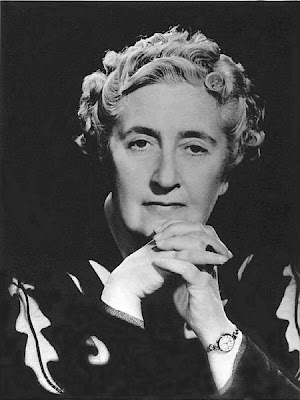I’ve seen a recurring theme in my Life Coaching sessions, and conversations in general. It turns out a lot of people don’t understand masculinity. When most of us hear the phrase “real man,” what comes to mind is something like the Marlboro Man . He’s rugged (and usually outdoors), displaying strength and toughness. He’s knowledgeable about “guy things” like cars and tools and sports.
When we think of the character of this “real man,” we think of a guy who is loud, opinionated, intimidating, harsh, and could often be described as a bully.
I don’t think that’s what being a real man looks like at all. In fact, this description is just another kind of guy. He’s the exact opposite of the passive, never-gonna-grow-up sort I talked about in the last post. Let’s take a few minutes and explore what separates the guys from the real men.
The Male Spectrum
There is a common misunderstanding that manhood is like a spectrum. On one side you have the macho guy barking orders from his garage, demanding another beer. He thinks his family exists to serve him. He takes the first and best in every situation because he thinks he’s entitled. He demands respect while refusing to earn it. His children despise him and his wife fears him. That’s not a man.
On the other end of this distorted spectrum is the cowardly guy who won’t take responsibility for his life. He waits for others to do things for him. His failures and shortcomings are someone else’s fault. He won’t step up, stand up, man up, and grow up. He’s not a man.
Somewhere in between these two distorted views, we have a real man. He avoids both extremes. He works a steady job, but it’s a safe and boring existence. He doesn’t make waves, because he’s not moving. He’s considered pleasant because he isn’t hot or cold about anything. He sits in the mushy middle, which is right where he’s told to be. He doesn’t offend or inspire. He doesn’t thrive or wither. He just sort of… exists.
This idea that a real man is someone who falls in the mushy middle is simply wrong. A man is not a hybrid; a passive ogre. He’s a different thing entirely.

Characteristics of a Real Man
Real men are hard to come by, but easy to identify. Here are a few things that separate the guys from the men.
Real Men Create Margin
Real men create margins in their lives and the lives of others around them. They don’t weigh people down, but lift them up. This extends to all areas of life. They make more money than they spend. They accomplish more work than they create. They encourage more than they discourage. Others are better for knowing them. That’s a man.
Real Men Are Tough
There is a toughness that we instinctively identify with masculinity. Men don’t cry at the drop of a hat, don’t limp because of a little pain, and don’t back down from conflict because it’s uncomfortable. Men absorb punishment and keep going. They can carry burdens without breaking down. It’s just how they’re wired.
Real Men Are Tender
When a man’s three year old daughter gives him an I Love You valentine — in September — it affects him. Deeply. He realizes there are times to be tough, and there are times when toughness would be out of place. He gives her the biggest hug he can muster, and he may even shed a tear, because that’s part of manhood, too.
Real Men Are Always Improving
Men keep pushing themselves in all areas of life, striving to improve. They have a stack of books they’re waiting to read, and a larger stack they’ve already tackled. They can run farther this year than last. They are more knowledgeable now than ever before. They are more skilled in their trade than in any point in their life. Improvement doesn’t stop until their heartbeat does.
Real Men Know What to Fight For
We’ve all known a guy who will fight anyone, any time, for any reason. Bump into his shoulder in passing and you’ll have a fight on your hands. Real men know some things are worth defending, while other things are trivial. They don’t confuse the two.
Real Men Fight For It
That may involve throwing a punch. More than likely it will involve throwing words. Words are the weapon of our modern culture, and men know how to use them to defend these they’ve sworn to protect. They use this weapon in unjust situations against abusive people. They wield their weapons with patience, cunning, and great skill acquired through practice. Real Men Do Hard Things
This includes a whole host of things. They control their desires, work hard, sacrifice, demonstrate honesty, and take correction. They do the right thing, even when it’s the hard thing (which it usually is). They don’t shy away from discomfort, but embrace it and are all the better for it.
Real Men Mentor
That doesn’t mean identifying a younger guy and telling him you’ll make him into a man if he does everything you tell him. Real men are already mentors, whether they know it or not. Future men are drawn to these men, and these men don’t shy away from the responsibility. It’s an honor, and it’s not taken lightly.








































